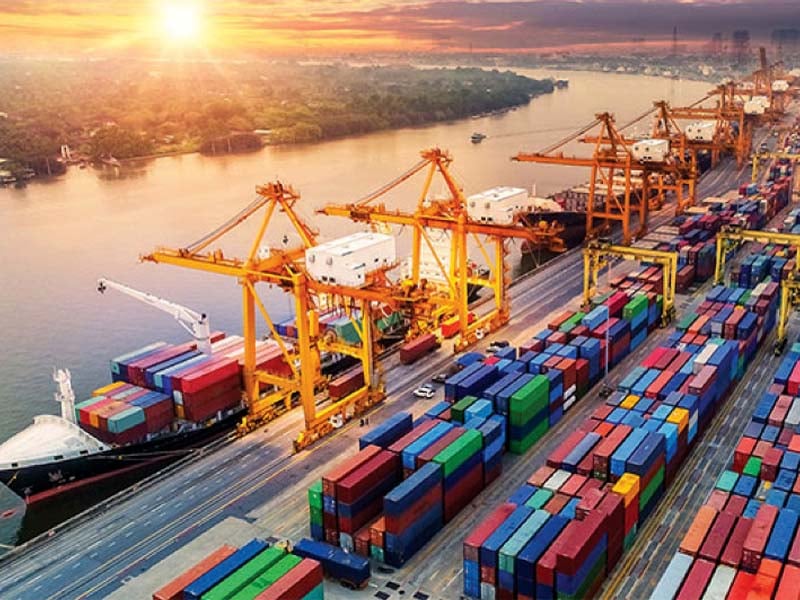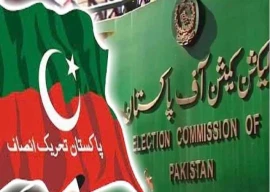
Pakistan’s Generalised Scheme of Preferences (GSP+) status is about to end in December 2023, but the country is yet to take full advantage of the scheme.
Contrary to the objective of GSP+ status, ie trade diversification, Pakistan is heavily relying on only textiles to date.
For the continuation of GSP+ status beyond 2023, Pakistan would need to make a fresh application seeking extension of the scheme, underlined the Pakistan Businesses Forum (PBF).
The European Union (EU) has recently announced that the countries must commit to implementing 32 EU conventions against the current 27 conventions, in order to qualify for the GSP+ status (2024-34).
“Now, we need to present strong evidence of progress made since the last report,” the PBF said, adding, “It has to be tangible with visible effects on the ground in order to convince the EU lawmakers about Pakistan’s commitment to the conventions.”
PBF Vice President Ahmad Jawad was of the view that there was no institutional support from the government despite getting concessions on around 6,300 items under the GSP+ status.
The country was unable to take full advantage of the facility, he said.
“The textile sector was able to increase exports, but the potential for exports from other sectors like agriculture and other items was not tapped,” he said, adding that even the horticulture sector, despite fulfilling EU’s requirements, was not able to capture the European markets.
Envoys from different European countries on regular intervals urged the local businessmen to tap the potential sectors under the extended facility – particularly export of kinnows, he said.
“However, we were unable to secure a place in the European market; even though it is a major export market for the citrus fruit (kinnow), the quantity exported remained low,” he added.
“We have not taken the advantage in a way we could have taken from the GSP+ scheme,” Jawad lamented.
There was a lack of proper export strategy for the EU, he pointed out. “Ideally, we should have identified a marketing strategy with roadshows as Europe is a very big market,” he said.
“Our ministries and foreign missions did not work on this front,” he argued.
Jawad noted that there was a lot of focus on promoting textiles, owing to which other sectors like leather, halal meat and jewellery were neglected.
Exports to the EU are dominated by textiles and clothing, which accounted for 75.2% of Pakistan’s total exports to the EU in 2020.
From 2010-20, EU imports from Pakistan almost doubled from €3,072 million to €5,537 million. “The growth in imports from Pakistan accelerated particularly after the award of GSP+ status (€5,515 million in 2014).”
“The export growth was stagnant during the last five to seven years, however, with the incentives offered by the previous government in terms of gas and electricity tariff at competitive pricing, our textile exports started to flourish and are expected to touch an all-time high this year,” AHL Head of Research Tahir Abbas said.
However, for sustainable growth, “the county needs to diversify the exports”, he said.
He was of the view that the information technology (IT) sector had a massive potential that the government should explore, as the sector had posted robust growth during the past year.
Published in The Express Tribune, May 10th, 2022.
Like Business on Facebook, follow @TribuneBiz on Twitter to stay informed and join in the conversation.






1719053250-0/BeFunky-collage-(5)1719053250-0-270x192.webp)












COMMENTS
Comments are moderated and generally will be posted if they are on-topic and not abusive.
For more information, please see our Comments FAQ